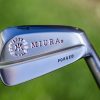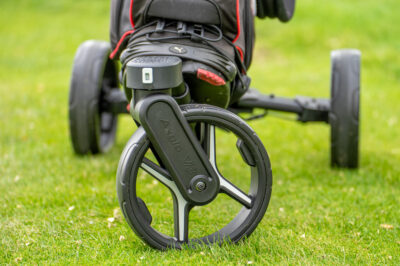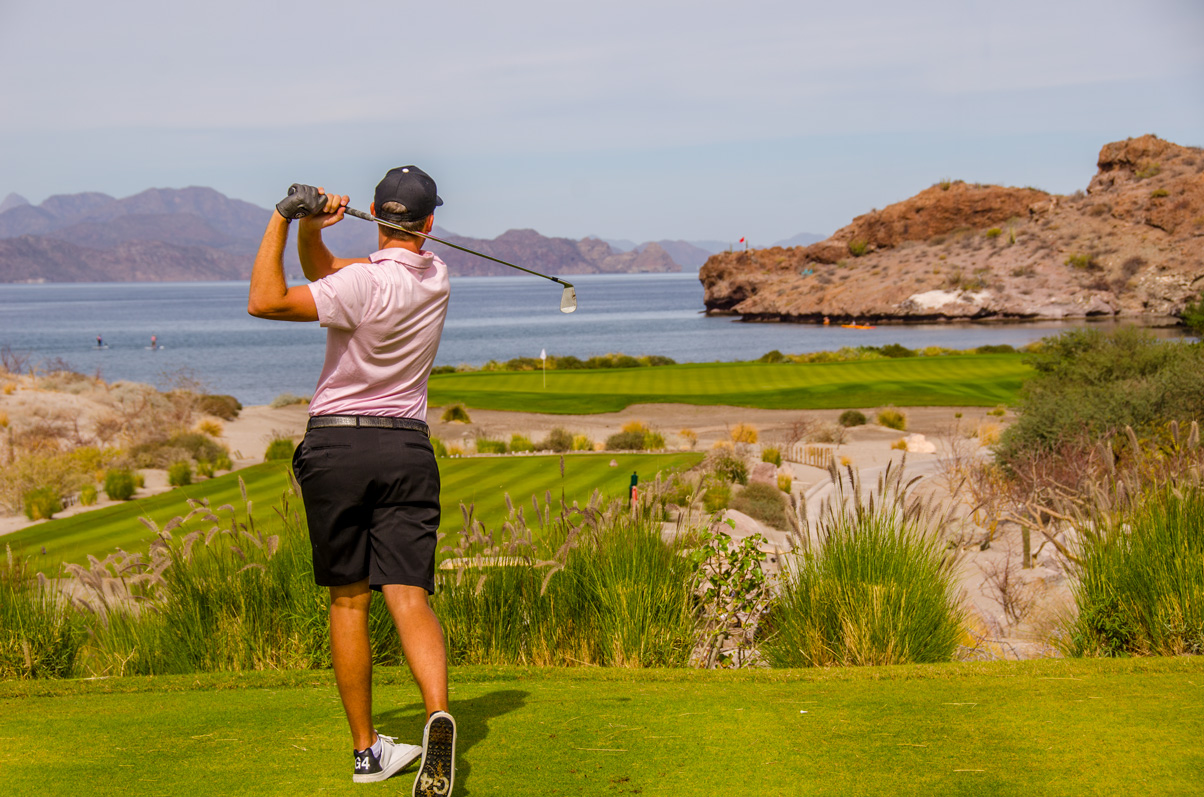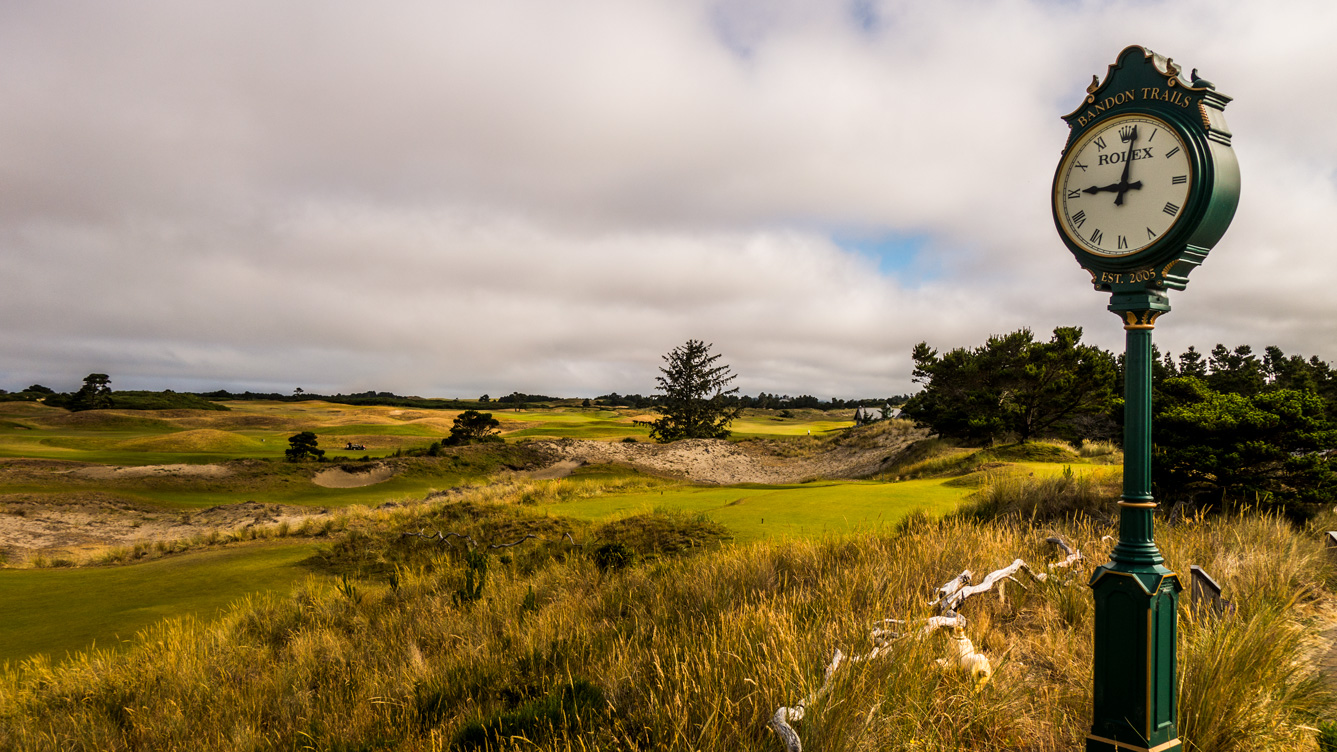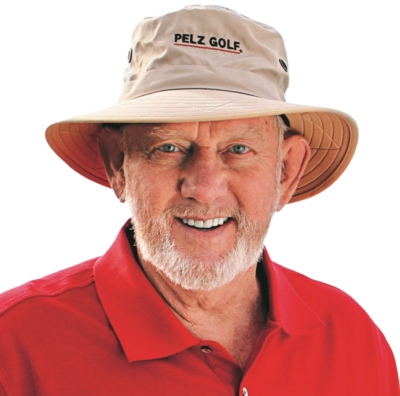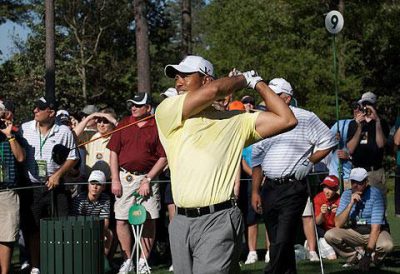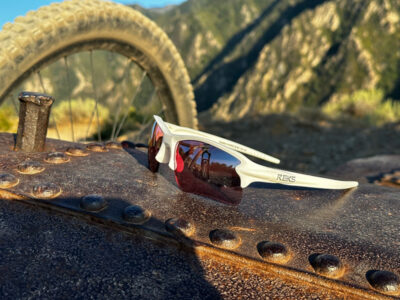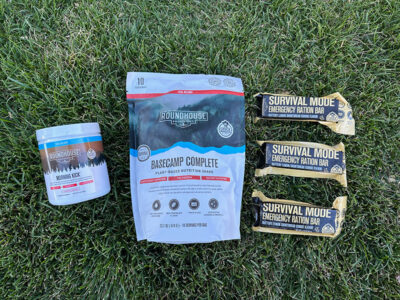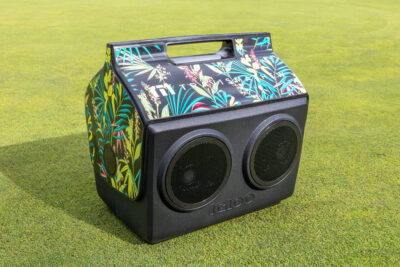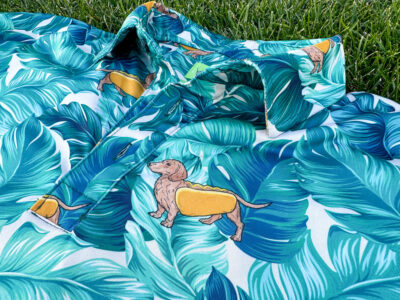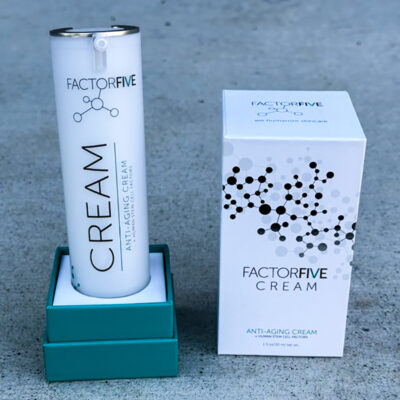TaylorMade SpeedBlade Irons Review
Categories: Golf Clubs • Golf Equipment • Golf Gear • Reviews
Tags: TaylorMade
When asked by TaylorMade to review their new SpeedBlade Irons, I was very candid with them about whether the clubs were a fit for my game. As a 2-3 handicap a more appropriate set of irons might be some forged blades, forged muscle backs, or muscle cavity backs. SpeedBlades are cast, a slightly different process which results in a club which feels and performs quite differently than forged. The SpeedBlade irons are meant to benefit players with higher handicaps than mine. My candidness was fine with TaylorMade and they were cool with the fact that I might not be sold on them at the end of the review. That is the case. These will not make it into my gamer bag. But, that is not to say the irons don’t perform as advertised. They certainly would be beneficial to a player in 10 and up handicap range. Let us take a look.
SpeedBlade Irons Overview
The SpeedBlade iron set is a work of engineering across all the clubs. Each individual club has its own design characteristics with regards to center of gravity location, loft, face thickness, club length, and in the “Speed Pocket” found in the 3-7 irons.
What is a “Speed Pocket” other than another marketing buzz phrase? It is a design property which helps players who hit shots low on the face. That would be an overwhelming percentage of players in the handicap range from 5-25. The result of those low strikes on the face is low trajectory. The Speed Pocket helps those players launch the ball higher. When asking most of the players I know who play the SpeedBlades, their primary reason for using them is that the irons launch the ball higher.
Other design characteristics of the club include a sharp looking gray matte finish, and head structure designed to absorb vibrations.
Fitting
Part of the process I went through with the SpeedBlades was a fitting at my local TaylorMade Performance Lab. If you’ve never done one of these fittings I highly recommend it. In the TMPL, the tech puts a bunch of reflectors on your body and the golf club. Sensors in the room use the reflectors to create a 3D rendering of your body and your golf swing. The swing can be analyzed from every imaginable angle, and compared side-by-side or 3D overlayed with other tour players like Dustin Johnson. At five foot nine and very limited flexibility due to a bad back, the 3D overlay of Dustin’s swing and mine were needless to say, slightly different.
The fitting can be quite educational and beneficial for one’s game, regardless of what golf clubs one has.
At the end of my fitting the computer spit out the perfect specs for my swing and game, and the perfect set of irons, the TaylorMade Tour Preferred MB. Since the tech knew I would be getting SpeedBlades, the system also produced the perfectly matched set for my swing as well. Standard lies and shaft lengths, but two degrees flat.
On The Course
In the 2013 U.S. Open the shot of the tournament was Justin Rose’s 4-iron on the final hole. He was one of the only players in the field to reach that green in regulation. His clutch par there helped him claim his first major championship. That 4-iron was a SpeedBlade. I can feel Justin on this. The 4-iron of the SpeedBlade set was quite amazing for me. In fact, on one shot to an elevated par-4 from 225, I hit it so well I was past the green about 15 yards. The thing is long, as is the rest of the set. That length is due to many factors like the club head design, slightly longer shafts, and strong lofts.
The rest of the set delivered as promised. I was hitting 7-irons on a trajectory that looked similar to what I’d see on my other irons from a 9-iron. I’ve never hit irons that high.
As suspected however, I missed the feel of forged irons and the feedback they produce. Players who play forged usually want the feedback in the form of vibration and sound. The SpeedBlades work to reduce that vibration, therefore produce less feedback. This made it tough for me to tell if I was hitting the sweet spot or somewhere else. A double digit handicapper probably does not want that vibration though.
Conclusion
The TaylorMade SpeedBlade irons do deliver massive distance and very high trajectories, just as advertised. While not the right clubs for my game (the granny over the top dual chicken wing 2-handicap), I was impressed with the extra distance and high launch I gained when playing them.
Just like Justin Rose, I may put that 4-iron (pictured above) in the bag with my forged muscle back irons. I may not win the U.S. Open with it, but it might help close out that intense $2.00 nassau.
Related Links
HOG TaylorMade SpeedBlade iron photos






